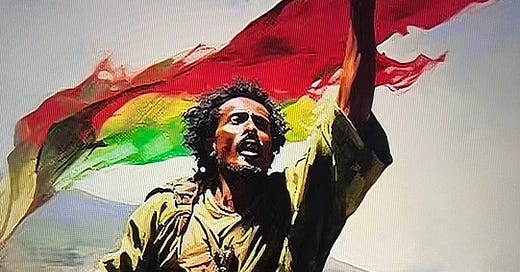I have been slowly republishing in Amharic, and publishing for the first time in English, the memoir of my maternal grandfather dañew welde’silasé: teacher, school administrator, lesser consulate minister and ambassador, and governor. Lordwilling, the finished product should appear on my gumroad in due time. My paternal grandfather negash wesené was a d…
Keep reading with a 7-day free trial
Subscribe to Aksum Review of Books to keep reading this post and get 7 days of free access to the full post archives.


